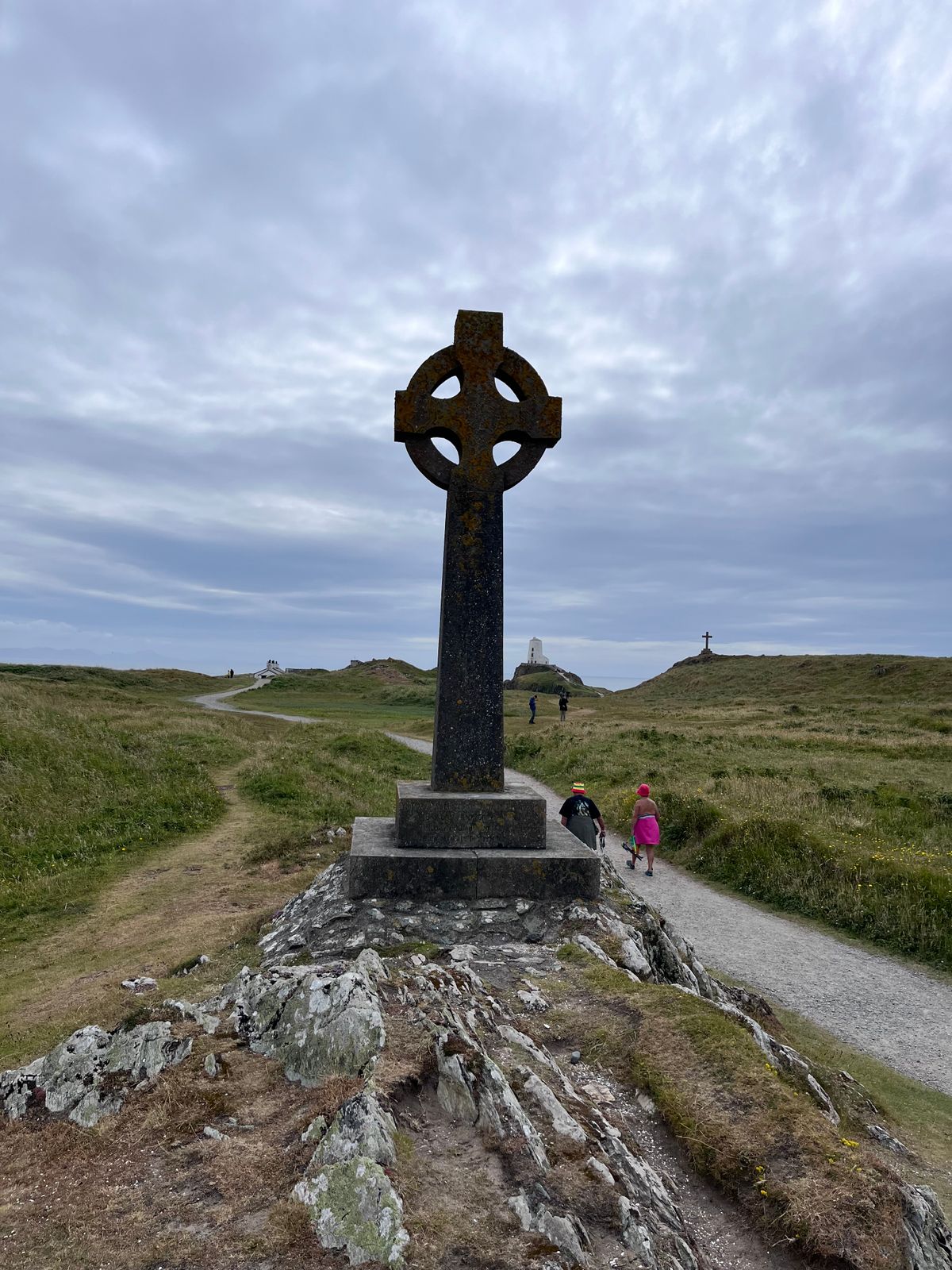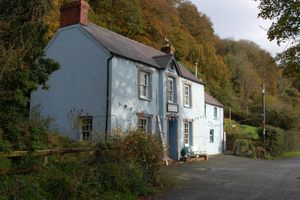About
Llanddwyn is a tiny tidal island that juts into the Irish Sea from the western edge of Newborough Beach in Wales, offering picture-perfect sandy coves, volcanic cliffs, colonies of gulls and cormorants, distant dolphins, seals, and even a herd of wild Welsh ponies grazing the heathland, the island's only (living) inhabitants.
The views are dramatic: across the water, the peaks of Snowdonia rise up from the Menai Straits and the Llŷn Peninsula points all the way to Ireland, whose Wicklow hills can be seen on a clear day. So maybe it is unsurprising that the island is also the setting for one of Wales' greatest love stories.
In fact, according to Welsh folklore it is the original love story, and in true Welsh tradition, it's not terribly uplifting. It goes something like this:
In around 400 CE, one of the 24 daughters of the King of Wales, Dwynen, fell in love with a man called Maelon. He liked her, she liked him. So far, so good. Dwynwen, however, kept rejecting Maelon's advances, keeping him at arms length until she could get the approval of her father. This was not forthcoming, and one day Maelon took her by force. Dwynwen prayed for Maelon to go away, and an angel answered with a magic potion. She drank it and Maelon turned to ice. Gradually she became depressed and regretted her vengeful action, so prayed once more.
This time she asked for three wishes: firstly to release Maelon from his fate; secondly for God to look after all true lovers; and lastly that she should always remain unmarried. Her wishes were granted, and Dwynwen retreated to Llanddwyn Island where she lived alone for the rest of her life, until her death some 60 years later.
In the Middle Ages a church was built to commemorate Dwynwen, by now the Welsh Patron Saint of Lovers, and the island became one of the busiest pilgrimage sites in Britain. The remains of the church still stand today, its crumbling walls forming a haunting silhouette against the dark Irish Sea.
Related Tags
Know Before You Go
Autumn and winter offer the most dramatic skies, seas and snow-capped mountains, and you'll be lucky (or unlucky) to see another soul. Summer is busier but this is only relative - most people don't venture the mile or two down from Newborough Beach.
Note: there are no facilities on the island, which takes a good hour to circumnavigate. Beware of the tide level, as the only access is via a narrow spit of sand which disappears under high tide. The only buildings on the island are long abandoned: the ruins of St. Dwynwen's Church, a row of pilot cottages that you can go inside in the summer months, a boathouse and two Victorian lighthouses.
Community Contributors
Added By
Published
April 6, 2016

























